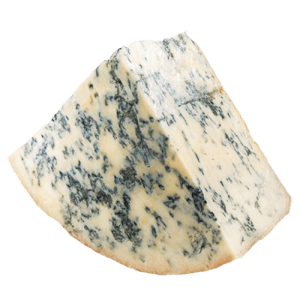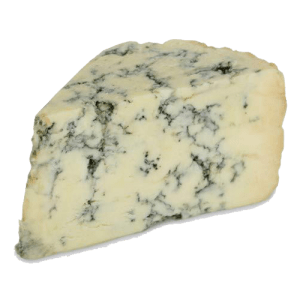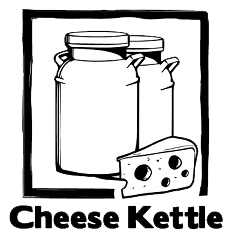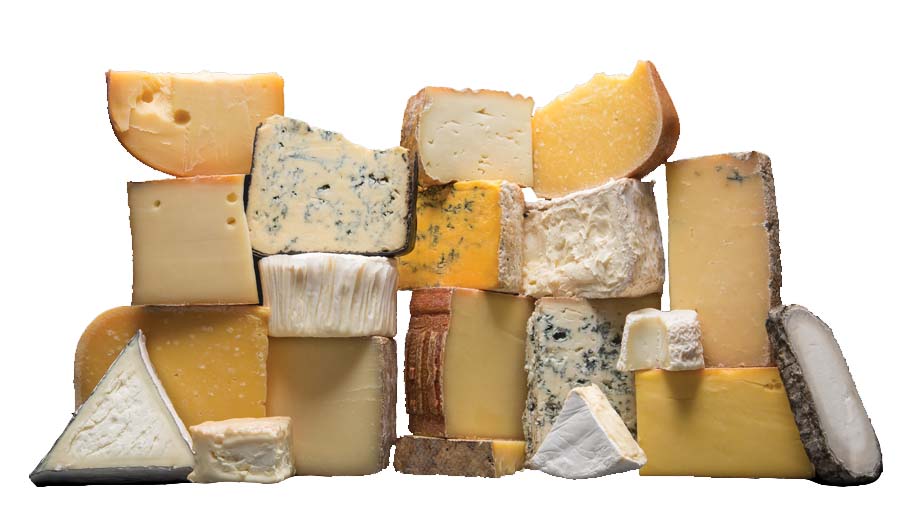Its distinctive blue marble streaks and pungent smell sets blue cheese apart from other cheese varieties. Created with cultivated bacteria, blue cheese has a pleasantly sharp and appetizing flavor. It makes an excellent table cheese that can be paired with different fruits, nuts and wine. It can be crumbled on salads and it adds tang to meat and sauces.
Blue cheese comes in a wide variety of taste and texture, depending on the milk used to make it and the length of ripening time. With the different varieties of blue cheese, choosing the right kind can be quite confusing. Which blue cheese is best for salads? Which one should go with red wine or beer? Which goes well with red meat? In this article, we will give you tips on how you can choose the best blue cheese.
Choosing the Best Quality Blue Cheese
Freshness and quality is a must in purchasing blue cheese. A good blue cheese has bluish or greenish mold veins and a cream to white body. Blue cheese is known to have a strong pungent odor. Depending on the variety, it can have an herbal, earthy, nutty or smoky smell. As you open the cheese, you may smell a slight ammonia like scent. This is perfectly normal. However, if the ammonia scent is too strong, or if it smells rancid, it is a sign that the cheese has gone bad.
Carefully observe its appearance and feel its texture, too. If you notice black or gray patches of mold and if it has become dry and hard, discard it right away. A good blue has a white and creamy body. Pink and yellow spots on your blue cheese mean it is already spoiled.
Check the expiration date of the cheese before buying. Avoid buying anything near the expiration date unless you are planning to consume it right away.
Maintaining Freshness
Blue cheese has a long shelf life. It keeps its freshness until the date on the label, as long as it remains unopened. Crumbled blue cheese can even last up to six months. You can maximize your blue cheese’s shelf life by re-wrapping any uneaten cheese with cheese paper. This keeps your cheese from drying but allows the cultivated bacteria to breathe. Store your blue cheese in your refrigerator’s cheese drawer. Blue cheese usually lasts for three to four weeks after it is opened if properly stored, but the softer blue cheeses should be consumed within a week after opening.
Selecting the Best Blue Cheese for You
Blue cheese makes a stunning and delicious addition to your cheese board. It pairs well with red wine, fruits and dried fruits (raisins, apricots, figs and pears), crackers and nuts (almonds and walnuts). With its range of flavors that comes from mild to strong, blue cheese delights discerning palates beyond the cheese board. Below, we’ve listed the different kinds of blue cheese and what each is best used for and paired with.
 Mildly Flavored Blue Cheese
Mildly Flavored Blue Cheese
Gorgonzola, Danish Blue and Cream Blue cheese have the mildest flavors among the blue cheese varieties, and are most appropriate for people with sensitive palates.
Gorgonzola is a refined and tasty Italian cheese that comes in two versions: one has a robust, bold and intense taste and the other has a sweet, creamy but still mildly strong flavor. Gorgonzola is best used as cheese sauce to flavor pastas. If you’re not into pasta, it makes a delicious addition to salads, especially complementing ingredients like apples, walnuts and cranberries. It also matches beer well.
Danish Blue is best paired with seared beef, veal or pork steaks and soups. It melts in and adds an extraordinarily creamy consistency to these dishes. It also makes a delectable dipping sauce for pork cutlet and adds tang to bacon salad.
Cream Blue cheese’s velvety smooth texture makes it an excellent choice for making dips and dressings.
 Moderately Strong Blue Cheese
Moderately Strong Blue Cheese
Stilton is a hard cheese with a moderately strong pungent flavor. It has a rich, piquant taste and a moist, crumbly, and soft texture that perfectly complements quiches. Stilton is also a great cheese for cooking and works well as a sauce ingredient for pastas and steaks. The traditional way of eating Stilton, however, is with Port wine at the end of the meal.
 Strongest Blue Cheese
Strongest Blue Cheese
Known as the king of cheese, Roquefort is the strongest tasting cheese in the category. Its distinctive bite and aroma is definitely not appropriate for those who have a sensitive palate. Because of its strong and sharp tang, Roquefort makes a great flavor enhancer to pastas, salad, burger and steak; and if you love adding an extraordinary twist to your daily meals, you can even add it to your omelet.
Roquefort has a rich, salty, and tangy flavor that leaves an aftertaste. You can pair it with fruits, dried fruits, nuts and crackers. Classically, you pair it with sweet red wines, particularly Sauternes, but you can also pair it with brown ale and whisky.
Different blue cheeses complement different kinds of food. Choosing the best blue cheese depends on your personal taste, preference and purpose. Some people like their blue cheese mild, while others prefer it strong. Regardless of what kind of blue cheese you like, we can agree that it is a delectable treat that adds a flavorful punch to any dish.
A Slice in the Cheese Market
Although the cheese market is already considered mature, experts project that the specialty cheese market will grow by 2.5% by 2023. The drive for healthier and more nutritious food and people’s love for cheese helped drive the industry’s growth. If you are passionate about blue cheese and have been making it at home for friends and family members, this might be a wonderful opportunity for you to explore the business side of cheese making. If you want advice on how to jumpstart a cheese business, contact us. We’ll be glad to provide you with the best information and equipment on cheese making.

